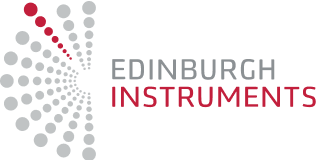People of Edinburgh InstrumentsWe spoke to Stephen about his time here at Edinburgh Instruments and also his time out side of work. Here at Edinburgh Instruments, we are proud of all our employees for all they do behind the scenes, so we thought it was time to put them in the spotlight.
Map of the MonthGallium nitride (GaN) is a wide bandgap semiconductor that is the material responsible for the blue light-emitting diode (LED), a Nobel prize-winning discovery. As well as being used extensively in the photonics industry, it has promise as a potential replacement for silicon in components where small sizes and high energy densities are required, as well as in environments where external
20 Years of GrapheneIn our Year of Graphene series, we've showcased why Raman microscopy is ideal for analysing graphene and other 2D materials. But what exactly is a Raman microscope, and what factors should be considered to optimise your Raman Microscope for graphene analysis?
Science Explained!Diffraction gratings are something we talk about a lot but... what are they? Find out exactly what a diffraction grating is, why we need them in our spectrometers and how you can make your own in this instalment of Science Explained!
Spectral SchoolWe talk about Raman imaging a lot, but what actually is it? Read this short Spectral School blog to find the answer.
Map of the MonthIn this Map of the Month, a formulation containing the API cetirizine (CTZ) hydrochloride, a widely used antihistamine, was imaged using the Edinburgh Instruments RM5 Confocal Microscope.
Spectral SchoolIn photoinduced electron transfer, an electron is transferred from a photoexcited donor molecule to an acceptor molecule. The process results in charge separation and the formation of a radical cation of the donor and a radical anion of the acceptor.
Spectral SchoolDexter energy transfer, also called electron exchange energy transfer, is a photophysical mechanism where a simultaneous exchange of electrons occurs between donor and acceptor molecules.
Spectral SchoolFörster resonance energy transfer is a photophysical mechanism where energy is transferred from an excited molecule (the donor) to another molecule (the acceptor) via a dipole-dipole resonance interaction.
Spectral SchoolA fluorescence spectrometer is used to study the fluorescence properties of a sample. It excites a sample with a specific wavelength of light and measures the intensity and spectral distribution of the resulting fluorescence emission.








